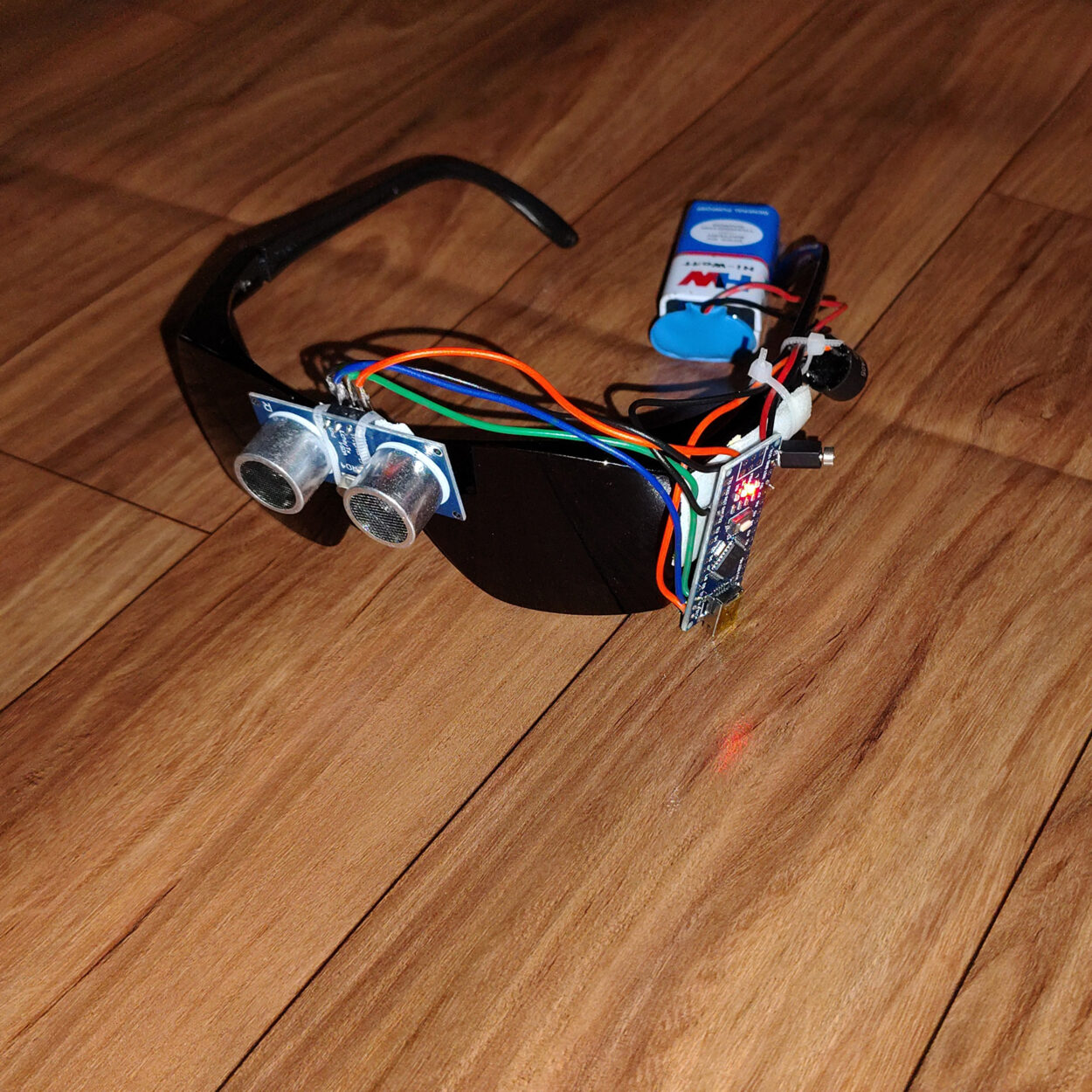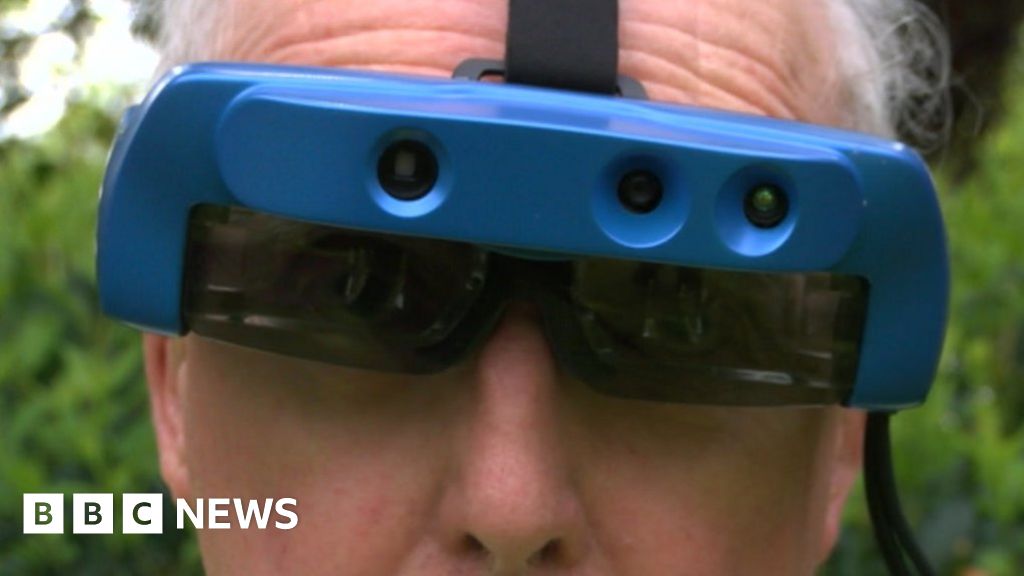OCR Devices for the Blind: Breaking Barriers with Optical Character Recognition
Enhancing Access With Assistive Innovation for the Blind
The combination of assistive technology for the blind represents an essential innovation in access, essentially changing just how individuals navigate their atmospheres and involve with culture. From screen readers to innovative wise canes, these tools not just enhance independence but also promote inclusivity in different spheres of life. As we explore the varied kinds of assistive tools and their substantial influence on day-to-day living, it becomes necessary to examine how continuous technological improvements are reshaping the landscape of assistance for the blind community. What implications do these developments hold for the future of access?
Review of Assistive Modern Technology
Assistive technology describes an array of devices and software designed to improve the capacities of people with handicaps, including those who are aesthetically impaired or blind. This technology plays a critical duty in promoting self-reliance and enhancing the lifestyle for customers. By offering different methods for accessing details and doing day-to-day jobs, assistive innovation equips individuals to browse their atmospheres more successfully.
The growth and implementation of assistive modern technology accept a range of principles focused on promoting availability. These concepts include user-centered design, which prioritizes the needs and preferences of the person, and the combination of innovation into everyday tasks. Such advancements ensure that assistive devices are not just functional however easy and likewise instinctive to use.
Moreover, assistive technology incorporates a diverse range of remedies, from low-tech options like magnifiers to state-of-the-art advancements such as screen visitors and Braille screens. The continuous evolution of this area is driven by the demand to address the one-of-a-kind difficulties dealt with by individuals with visual problems (Wearable technology for low vision). As modern technology remains to advance, the possibility for boosting accessibility and promoting inclusivity continues to be appealing, inevitably contributing to an extra equitable society

Kinds of Assistive Tools
Countless sorts of assistive tools are offered to support individuals that are aesthetically damaged or blind, each created to attend to specific needs and difficulties. These gadgets can be broadly classified into 3 major kinds: low-tech, mid-tech, and sophisticated solutions.
Low-tech devices consist of products such as magnifiers, Braille labels, and responsive maps. These are reasonably simple tools that boost the user's capacity to interact with their atmosphere without needing intricate innovation.
Mid-tech tools usually involve advanced functions, such as electronic magnifiers and portable Braille note-takers. These tools can use functionalities like speech output, allowing users to access details a lot more efficiently.

Effect On Daily Living
The accessibility of numerous assistive devices considerably boosts the high quality of life for individuals who are aesthetically impaired or blind, impacting their day-to-day living in profound means. By integrating technologies such as display readers, Braille presents, and audio description solutions into their regimens, customers get better freedom and independence. These tools help with access to information, allowing individuals to do daily jobs, such as checking out e-mails, browsing public areas, and appreciating media material.
Additionally, assistive tools empower individuals to engage even more completely in social interactions and neighborhood activities. The ability to utilize smart devices equipped with ease of access features enables seamless interaction and link with others. This connection cultivates a feeling of belonging and minimizes sensations of isolation.
In professional settings, assistive modern technology sustains efficiency by allowing individuals to full job tasks efficiently. Devices like voice acknowledgment software application and specialized zoom devices make it possible for you can look here customers to take part in the workforce on equal ground with their sighted peers.

Developments in Modern Technology
Current technical improvements have substantially changed the landscape of tools readily available Click Here for individuals who are aesthetically damaged or blind. The combination of man-made intelligence (AI) and artificial intelligence has actually triggered applications that improve navigating and item recognition. Smart device apps can currently use AI to recognize and explain environments in real-time, offering customers with important contextual details.
Additionally, innovations in haptic technology have actually brought about the development of wise canes equipped with sensors that detect challenges and offer responsive responses. This empowers individuals to browse their environment with enhanced confidence and freedom. Advancements in text-to-speech software program and braille displays have boosted the availability of digital content, allowing for seamless communication with numerous media.
Wearable technologies, such as smart glasses, are likewise making strides in helping visual disability. These gadgets can offer enhanced truth experiences, superimposing critical details onto the customer's field of vision. Collectively, these developments not only enhance the quality of life for individuals who are blind but additionally promote higher addition in society. As technology continues to evolve, the potential for much more transformative devices continues to be coming up.
Future Trends and Innovations
As modern technology quickly advances, the future of assistive devices for people who are blind holds enormous assurance. Developments in fabricated intelligence (AI) and artificial intelligence are poised to transform the way blind customers interact with their environments. AI-driven applications are being created to boost object recognition, enabling individuals to determine and browse their environments with higher convenience and precision.
Furthermore, innovations in haptic responses technology are enabling the creation of responsive maps and navigating help that give real-time information through touch. These innovations not only boost mobility yet additionally foster self-reliance. In addition, blog here wearable gadgets furnished with enhanced truth (AR) functions are arising, supplying individuals visual details via sound descriptions, thereby bridging the void in between the digital and physical worlds.
Additionally, the integration of wise home technology presents brand-new chances for availability, enabling individuals to regulate their living atmospheres via voice commands or smart device applications. As partnership between technology designers and the blind community proceeds, the concentrate on user-centered design will ensure that future innovations are customized to satisfy the unique demands of this population (Wearable technology for low vision). The trajectory of assistive modern technology assures an extra empowering and comprehensive future for individuals that are blind
Final Thought
Finally, assistive modern technology plays a critical duty in improving accessibility for people with visual disabilities. The diverse variety of devices, including screen viewers and wise walking canes, substantially boosts everyday living and cultivates independence. Constant innovations in modern technology and user-centered layout make sure that these tools cater properly to the distinct requirements of the blind neighborhood. As technologies development, raised inclusivity and empowerment can be anticipated, eventually improving the quality of life for those influenced by visual impairments.
The assimilation of assistive technology for the blind represents a critical development in availability, fundamentally changing exactly how individuals navigate their atmospheres and engage with society.Assistive innovation refers to an array of tools and software program designed to boost the capacities of people with handicaps, consisting of those that are blind or visually impaired. Wearable technology for low vision.As innovation quickly advances, the future of assistive tools for individuals who are blind holds enormous promise. The trajectory of assistive innovation promises a much more empowering and inclusive future for people that are blind
In verdict, assistive modern technology plays an essential role in boosting access for people with visual impairments.